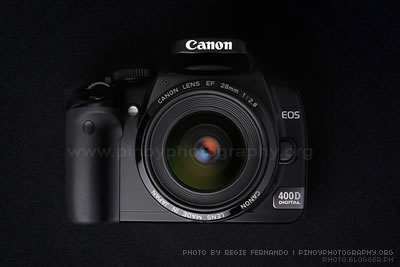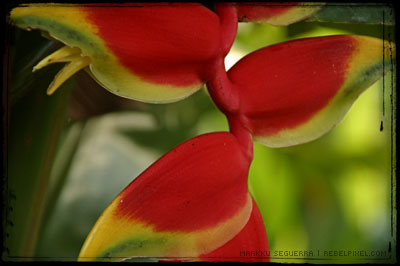Michael Furtman shares his thoughts on using JPEG compared to raw for digital photography. As you all know, there are digital shooters who shoot RAW 100% of the time, insisting on its latitude in post–processing. On the other hand, there are those who prefer JPEG to maximize storage, and increase the camera’s shooting performance. Shooting in JPEG clears the buffer much faster for many digital SLRs allowing for more shots and bursts.
The great majority of photo enthusiasts would rather choose the format that best fits a certain situation. If you’re going to take action photos, JPEG would allow your camera to be a lot more snappy. For landscapes and tricky lighting, the wealth of adjustments you can do to a RAW file would allow you to take a “shoot now, worry later” approach.
In relation to the article, I suggest using the format best suited for your needs. And please don’t forget that JPEGs do not lose quality when you reopen them, unless you’re actually rewriting the original file, then you’re in deep trouble. When editing a JPEG, save the revisions to a new file in your editor’s native format, better with all the adjustment layers intact.

